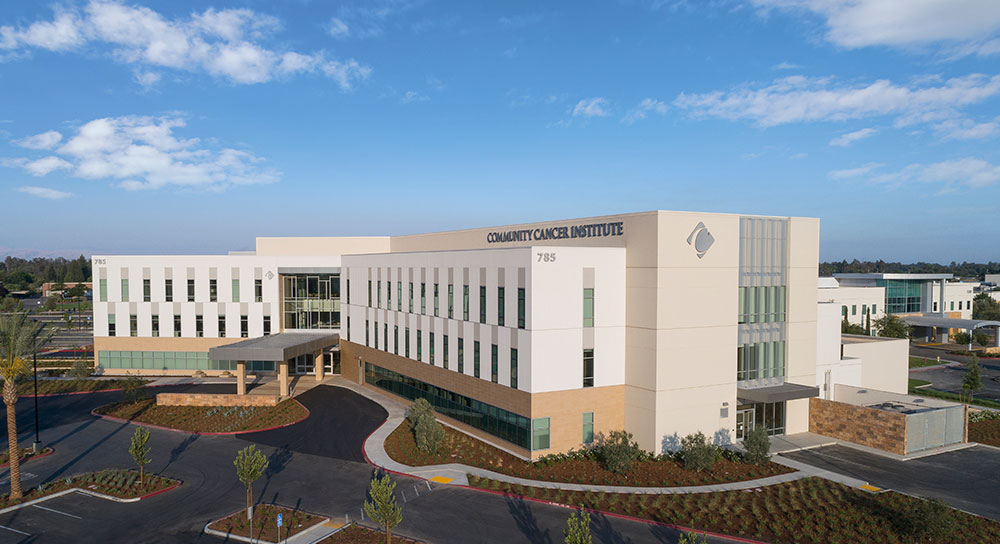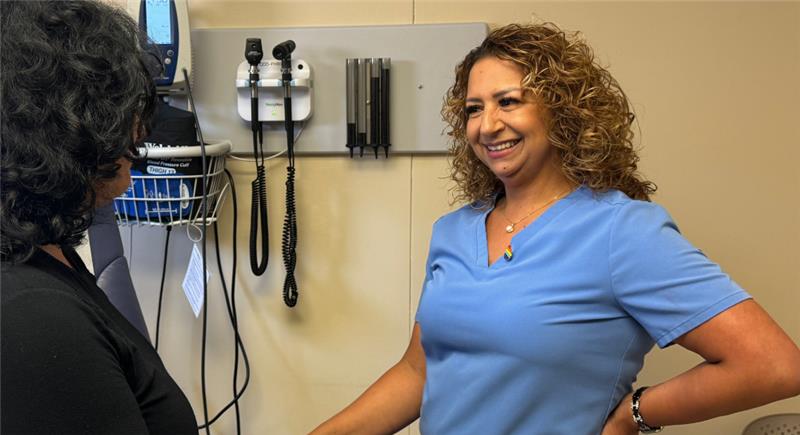When Greg Tallman was diagnosed with prostate cancer, it was déjà vu. Fifteen years earlier, he’d gone through treatment for melanoma, a type of skin cancer.
“When you hear the C-word, it’s always like, ‘Oof,’ said Tallman. “My doctor laid out the options and I said, ‘Okay, give me a couple of weeks. I’m going to do some research.”
Tallman decided on a course of treatment that worked for him — CyberKnife radiation therapy.
What is prostate cancer and who does it affect?
Prostate cancer occurs when cells in a gland called the prostate, which is part of the male reproductive system, begin to grow uncontrollably. Symptoms — including pain, fatigue, weight loss and difficulty urinating — don’t usually appear until the cancer is more advanced, so it’s important to have your primary care physician screen for prostate issues.
The risks for prostate cancer are mostly genetic and include:
- Age – Risk begins to increase rapidly after age 50
- Race – Black men are at higher risk
- Family history – Having close relatives (like a father or brother) with the disease doubles the risk
- Smoking and obesity are lesser risks
CyberKnife is a noninvasive way to treat certain cancers
Dr. Brent Kane is a radiation oncologist at Community Cancer Institute who treated Greg Tallman. According to Dr. Kane, CyberKnife, a system that uses a robotic arm to deliver SBRT in a noninvasive way, is one of the safest forms of treatment for prostate cancer.
SBRT stands for stereotactic body radiation therapy — a method that delivers large doses of radiation to a smaller area, keeping surrounding healthy tissue from being affected. SBRT is used to treat certain cancers such as:
- Prostate cancer
- Lung cancer
- Liver cancer
- Pancreatic cancer
- Brain cancer
“The outcomes (of SBRT) are excellent,” said Dr. Kane. “Ten-year, disease-free survival, meaning the cancer doesn’t come back.”
Community Cancer Institute provides excellent service and outcomes
For Tallman, choosing the precision of CyberKnife treatment made the most sense. His cancer was confined to his prostate, which he didn’t want removed. And there was another benefit: a shorter treatment period.
“It’s three intensive radiation treatments, for about 45 minutes per treatment,” said Tallman. “I chose that because I didn’t want to go through the five days a week, nine-week [treatment].”
Dr. Kane says what sets Community Cancer Institute apart is having multiple prostate cancer treatment options available in one place, including CyberKnife radiation therapy, which is not offered anywhere else in the Fresno area.
He’s pleased with Tallman’s recovery since SBRT.
“He’s been doing well,” said Dr. Kane. “He hasn’t had any increased symptoms, long term. With CyberKnife, there is a lower risk of having those long-term effects.”
Tallman is also pleased with the results of his experience at Community Cancer Institute.
“The treatment here, and the people here, were wonderful,” he said. “Couldn’t have been any better.”






